Advanced

On April 18, 1906 a powerful earthquake shook San Francisco leading to fires that devastated the city. That earthquake brought seismology into the forefront as a science in the U.S. This poster outlines the lessons learned from the 1906 San Francisco earthquake and discusses much of the science we have learned from 100 years of large earthquakes since.
ORDERING INFORMATION: Our apologies! THIS POSTER IS CURRENTLY OUT OF PRINT
Click "Download All" for a 39-inch-wide (5900px) digital copy of this poster.
Requesting Posters:
THIS POSTER IS CURRENTLY OUT OF PRINT
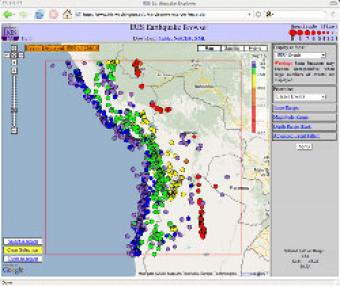
The IRIS Earthquake Browser (IEB) is an interactive tool for exploring millions of seismic event epicenters (normally earthquakes) on a map of the world. Selections of up to 5000 events can also be viewed in 3D and freely rotated with the 3D Viewer companion tool.
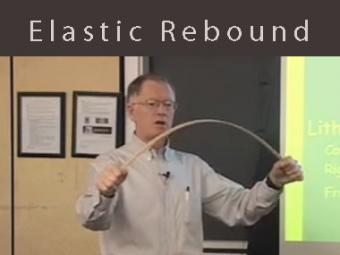
Video lecture about elastic rebound and brittle material in the crust using a yardstick as a mechanical analog. This demonstrates elasticity, brittle fracture, and why it is difficult to predict earthquakes.
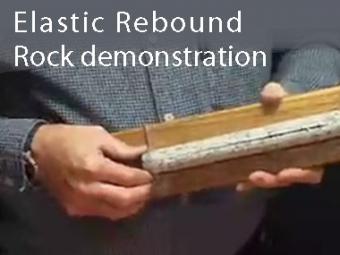
This demonstration shows that rocks are elastic by squeezing a slit core of rock.
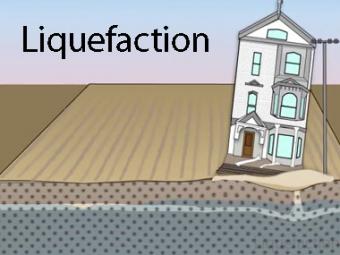
Liquefaction is a process by which water-saturated sediment temporarily loses strength and acts as a fluid. This effect can be caused by earthquake shaking.
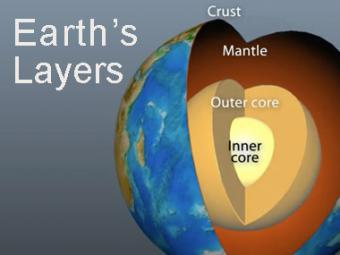
The Earth has 3 main layers based on chemical composition: crust, mantle, and core. Other layers are defined by physical characteristics due to pressure and temperature changes. This animation tells how the layers were discovered, what the layers are, and a bit about how the crust differs from the tectonic (lithospheric) plates, a distinction confused by many.
We encourage the reuse and dissemination of the material on this site as long as attribution is retained. To this end the material on this site, unless otherwise noted, is offered under Creative Commons Attribution (CC BY 4.0) license